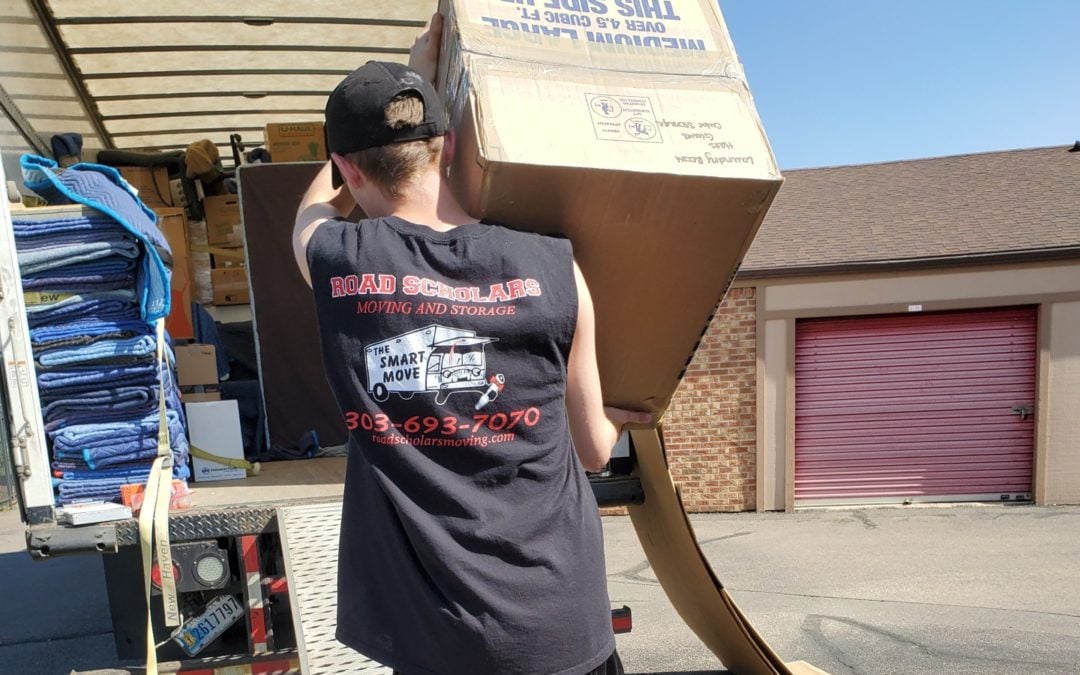One of the most stressful parts of moving is getting your things packed in boxes. You want to know that your belongings will be safe and organized when they reach your new home.
Before you get started, it’s essential to learn how to pack boxes for moving. To determine which moving supplies you will need, take a walk through your home. It may be helpful if you spend time in each room and create a list of your belongings.
While it may seem easier to casually toss your things into boxes, this will make unpacking more difficult and increase the risk of your items being damaged during the move.
Learning how to pack boxes for moving is a step in the right direction and will reduce your stress level. Continue reading below for helpful tips and guidelines that will make packing a breeze.
Getting started
By taking a peak in each of your rooms, you can create an inventory of the belongings you will be taking with you. There’s likely items that you would like to donate and throw out as well.
Downsizing before you pack is beneficial.
Once you know what is coming with you, you can determine how many moving boxes, supplies, and packing materials need to be purchased.
By the time you buy your moving supplies, you will probably have already hired a moving company. If not, it would be wise to do this sooner than later.
These companies fill their schedules quickly and it would be unfortunate to miss out on the professional and reliable movers you had your heart set on.
Moving supplies and packing materials
We’ve made a list of the most popular moving supplies to make it easier for you to find what you need.
The Basics
The following are the things you’ll need no matter what:
- Boxes
- Small
- Medium
- Large
- Extra large
- Lamp
- Wardrobes
- Mirror box
- Cushioning
- Bubble wrap
- Foam sheets
- Newspaper
- Peanuts
- Packing paper
- Moving labels or permanent markers
- Packing tape
- Cargo straps or ropes
Appliances and Furniture
These items offer protection for your larger items, keeping them clean and in tact:
- Mattress covers
- Furniture covers & pads
- Stretch wrap
- Flat screen tv cover
- Dollies
- Toolset
Cleaning supplies
You’ll want to clean, both, your old place as you leave, and the home you move into, have the following items on hand:
- Garbage bags
- Buckets
- Brooms
- Mops
- Sponges
- Disinfectant sprays
Other important supplies
It’s easy to overlook small things that could come in handy, consider the following:
- Utility knife
- Work gloves
- Small plastic bags
Packing room by room
Now that you know what moving and packing supplies to purchase, begin the packing process.
The best way to start is by packing your least used rooms first. You can do this months before your move-in date, so you will spend less time rushing as the date approaches.
While you are packing, try to combine items based on their function. Since you will be using a room-by-room approach, this shouldn’t be too difficult.
The kitchen will likely be one of the most complex and daunting rooms, as it will be full of small objects, appliances, and glass. Boxes with dividers are helpful when packing your kitchen, as it keeps your glasses safe. You will also use a lot of smaller boxes, peanuts, and packing paper in this room.
How to pack a well-packed box
The last thing you want to do is overfill your boxes.
Putting too many items in the wrong size box can lead to a disaster. If you are packing heavier items such as books, or fragile items, such as glass, you will want to use small boxes.
You can fill medium to large-sized boxes with lighter belongings, like blankets, pillows, clothing, and stuffed animals. You never want to use large-sized boxes for heavier items, or the boxes will become too heavy to carry and possibly even break.
When packing a box, put the heavier items on the bottom and the lighter on top. The same goes for when you are loading a moving truck, the heavier boxes should be loaded first.
When you are finished packing a box, be sure to tape it well and label it. Labeling your boxes will help you or the movers load the truck, unload the truck, and know which rooms to place the boxes in when they arrive at your new home.
Items that need special care
If you have items that require special care, you should always let the movers know ahead of time. For instance, you may have a large item like a grand piano, meaning a moving company will need specific equipment to move it.
For a moving company to be prepared, you have to let them know what you are moving, and where you are moving it to. Will there be flights of stairs or a difficult parking situation?
You should mark all artwork and antiques as fragile, so movers know to take extra special when transporting them.
While all furniture is heavy if you have furniture that is considered heavier than most, don’t fail to mention it. There is equipment that helps movers lift and move even the heaviest items, which keeps the furniture and people involved in the moving process safer.
For special items, always wrap and pack them to keep them safe from being damaged or destroyed.
Make moving day a breeze
Now that you understand how to pack boxes for moving, it’s time to call in some professionals to help with the rest.
Road Scholars is a reliable moving company with positive reviews and ratings from our customers. Our professional team has been trained to keep your belongings safe while making your move go as smoothly as possible.
Even though buying a new home is rewarding, we know that moving is one of the most stressful times in a person’s life. This is why we are here to help lessen that stress. Allowing you to focus more on your new home rather than the daunting task of moving.
Contact us today to learn more about our moving and storage services!

